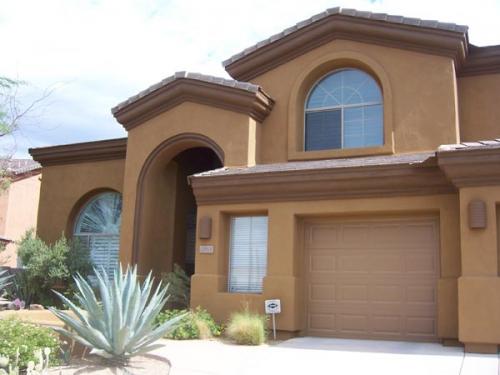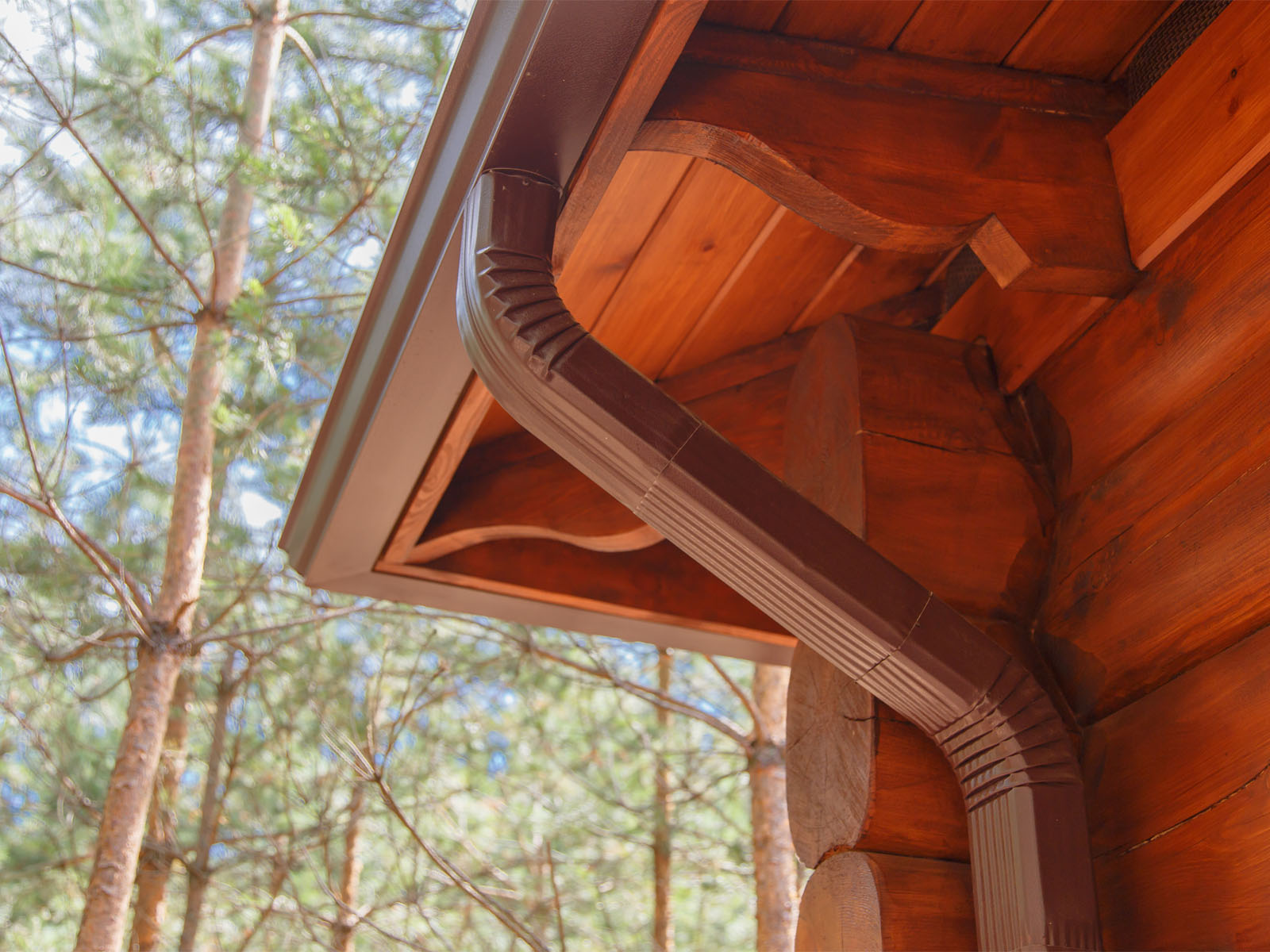Are Rain Gutters Essential in Arizona?
Rain gutters are generally considered essential in Arizona, even though the state is known for its dry climate and lower annual rainfall compared to other regions. Here’s why rain gutters are still important in Arizona:
1. Monsoon Season
- Heavy Rainfall: Arizona experiences monsoon season from June to September, during which sudden and intense rainstorms can occur. These heavy downpours can lead to significant water runoff that, if not properly managed, can cause damage to your home’s foundation, landscaping, and exterior walls.
- Flash Flooding: The monsoon season can bring flash floods, especially in desert areas. Rain gutters help direct water away from your home, reducing the risk of water pooling around the foundation, which can lead to erosion and structural issues.
2. Protecting Your Foundation
- Water Damage Prevention: Without gutters, rainwater can accumulate around the base of your home, potentially seeping into the foundation and causing cracks or shifting. Over time, this can lead to costly repairs.
- Erosion Control: Gutters help prevent soil erosion around the foundation, which is particularly important in Arizona’s dry, sandy soil. Erosion can weaken the foundation and affect the stability of your home.
3. Preserving Landscaping
- Flood Prevention: Uncontrolled rainwater can wash away mulch, plants, and other landscaping features. Gutters help channel water away from these areas, preserving your landscaping investment.
- Watering Efficiency: In a state where water conservation is important, gutters can be connected to rain barrels, allowing you to collect rainwater for use in your garden during dry periods.
4. Preventing Roof and Exterior Damage
- Roof Protection: Gutters prevent water from accumulating on the roof, reducing the risk of leaks, mold, and rot. This is especially important in Arizona, where the intense sun can already cause wear and tear on roofing materials.
- Exterior Walls: Gutters help keep water from running down the sides of your home, protecting siding, stucco, and paint from water damage and stains.
5. Home Value
- Curb Appeal: Well-maintained gutters contribute to the overall curb appeal and value of your home. Potential buyers may view a home without gutters as less protected from the elements, which could affect resale value.
Conclusion
While Arizona’s dry climate might suggest that gutters aren’t necessary, the state’s unique weather patterns, particularly during the monsoon season, make them an important feature for protecting your home. Investing in a good gutter system can prevent costly damage and maintain the long-term integrity of your property.
JLC Enterprises Offers Rain Gutter Installation In Phoenix, Arizona
If you are looking for Rain Gutter Installation services in Arizona, look no further than JLC Enterprises Inc. JLC offers Rain Gutter Installations to the entire Phoenix, Arizona Valley, including, Phoenix, Gilbert, Glendale and more. Call us today at 480-967-9183 for more information.[/vc_column_text][/vc_column][/vc_row]



